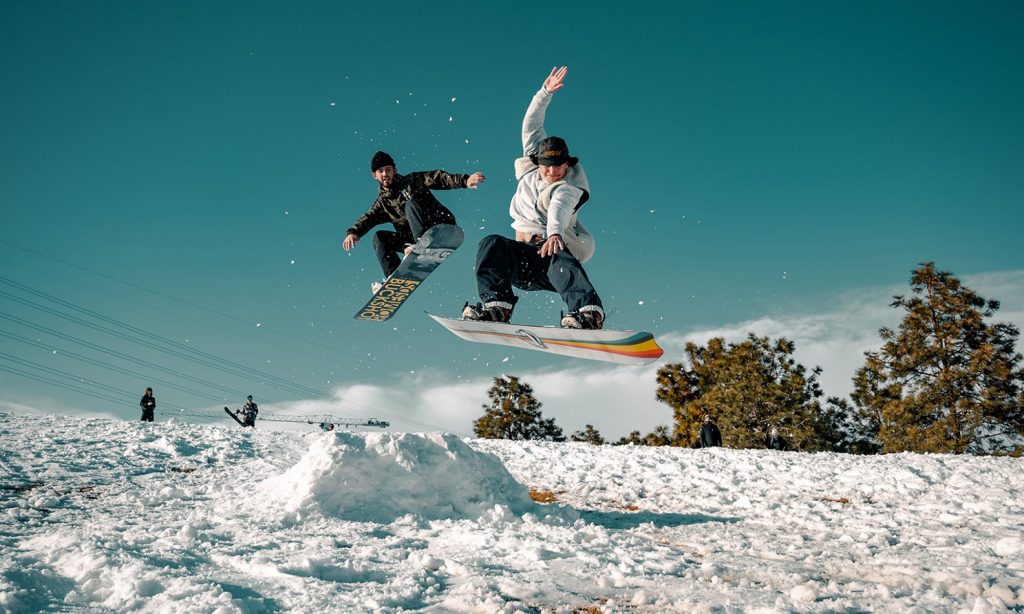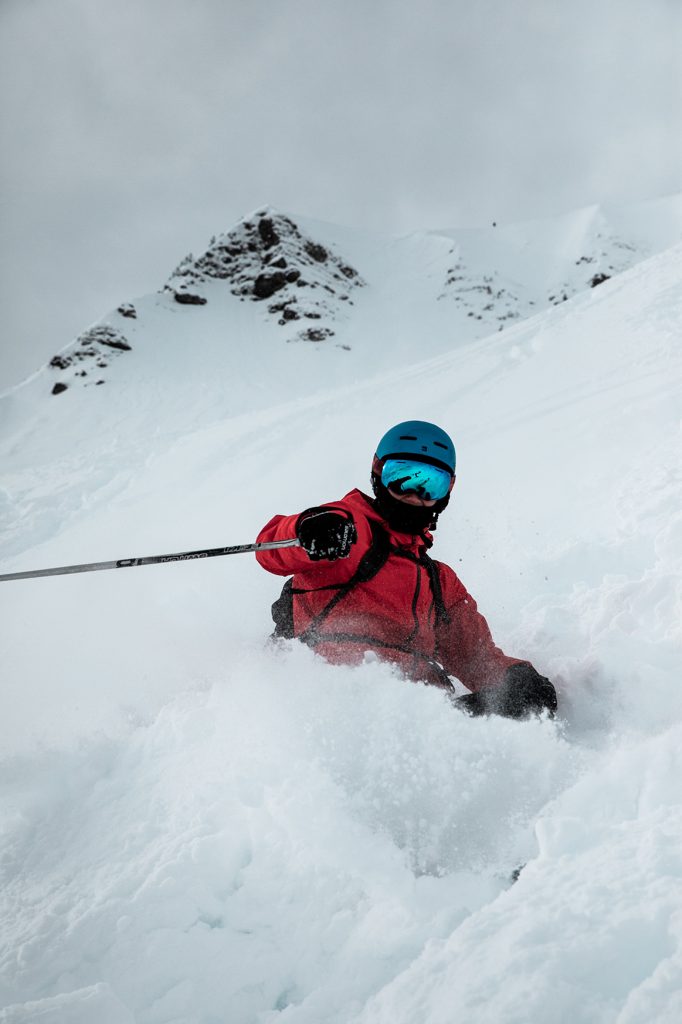NOMAD WELLNESS NISEKO | 070 9090 8183 | info@nomadwellnessniseko.com
Wrist and Thumb Injuries
The wrist is a complex joint composed of multiple small bones called carpals, connected to the radius and ulna of the forearm. Ligaments and tendons provide stability, while the carpal tunnel houses nerves and blood vessels.
Basic Anatomy of the wrist & thumb:
The wrist is a complex joint made up of multiple small bones called carpals, which connect to the radius and ulna in the forearm. Ligaments and tendons provide stability, and the carpal tunnel houses crucial nerves and blood vessels. The thumb plays a vital role in wrist function, enabling a wide range of motion and grip strength. In skiing, the wrist and thumb are often exposed to repetitive strain and sudden impacts, which can lead to injuries like sprains and fractures.
Mechanism of Injury:
Wrist and thumb injuries in skiing and snowboarding often occur due to the instinctive response to break a fall using outstretched hands. Common mechanisms include:

FOOSH (Fall on Outstretched Hand):
When a skier or snowboarder falls, the natural reflex is to extend the hands to break the fall, putting the wrists at risk of injury.

Skier’s Thumb:
This happens when a fall forces the thumb backward, often while holding a ski pole. This overstretches or tears the ulnar collateral ligament (UCL) at the thumb’s base, leading to pain and reduced grip strength.

Repetitive Stress:
Continuous use of the wrists, such as gripping ski poles or using snowboarding bindings, can lead to overuse injuries.

Hyperextension:
Excessive backward bending of the wrist, especially during a fall, can cause sprains, strains, or fractures.
Commom Wrist Injuries:
Ligament sprains or muscle strains are common and can vary in severity.
Fractures may occur in the wrist bones, particularly the scaphoid, due to high-impact falls.
Overuse of the wrist can lead to inflammation of the tendons, causing pain and reduced function.
